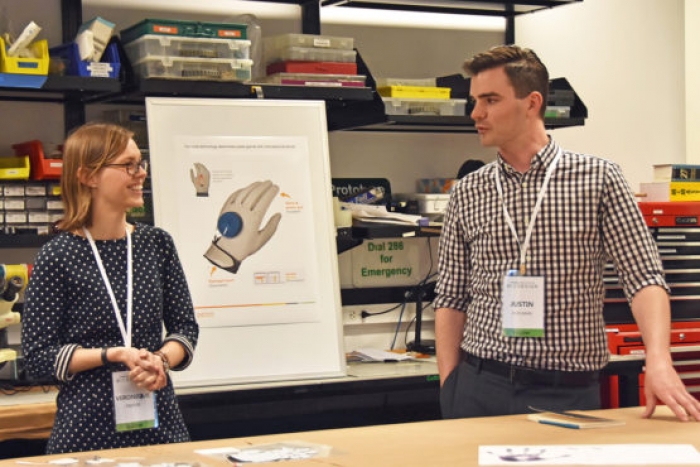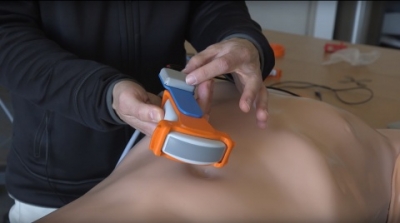 (Image credit: Stacey Paris McCutcheon)
(Image credit: Stacey Paris McCutcheon)
- Written by Stanford News
Stanford’s Coulter grants program helps healthcare innovations reach patients
Featured Every healthcare innovation helping patients today started as no more than a dream and a clever prototype. Now, a new round of ideas is getting a jump start on the path to reality from a grant program intended to accelerate healthcare solutions.
Read more...



